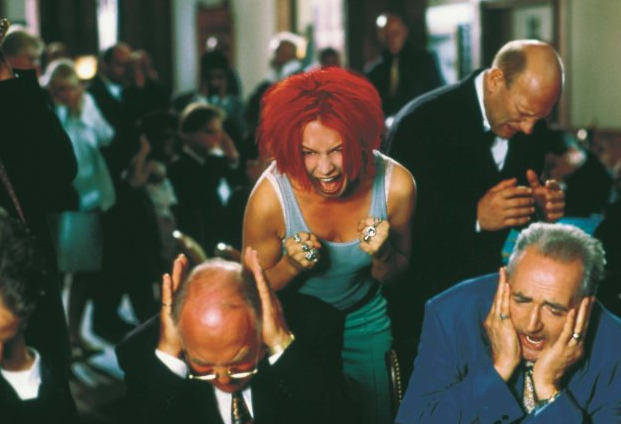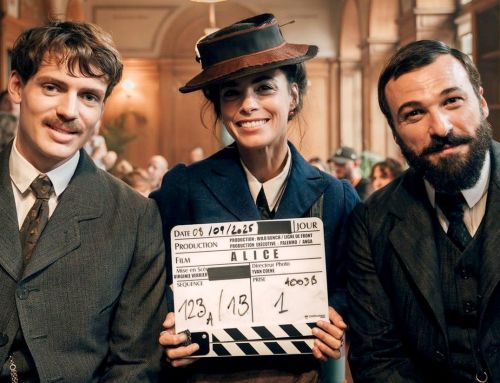Three films from Germany
There is grim sensuality about German cinema. Banal characters coexist on celluloid for us to take note and wonder how much worse their lives could get, and entertain, for a moment, the possibility that something extraordinary could happen to them. In Lola Rennt (pictured, Tom Tykwer; 1998) we are shown the lives of the gutless: a smug old woman pushing a stroller down a lonely corner,a homeless guy on the subway, and a young mug named Mani who is suddenly very, very hard up for cash. Such pathetic lives, all to become engulfed in the techno-thumping whir that Franka Potente brings with her. Berlin looks abandoned in Lola Rennt. Where are the people? Is it an element of German cinema to isolate characters and watch them as they writhe across the Potsdammer Platz?
In Der Himmel ueber Berlin (Wim Wenders; 1987) better known as ‘The Wings of Desire,’ the streets also seem to be at times abandoned, and at times populated with the same hapless beings we encountered in Lola Rennt: unemployed, likely, begrudging something or someone. It’s as if the director wants us to fully grasp what is at stake: though there isn’t a very large potential for loss (since all is nearly lost already), if the process of saving any of these souls were to be disrupted, the results would be horrendous. Interestingly, one of the angels becomes enamored with the earthly way of life and falls from the sky: the scene where Damiel tells Marion that he wants to experience thirst and hunger, is devastating (only an actor like Bruno Ganz could deliver).
In this same vein, the Lives of Others (Florian Von Donnersmack; 2006) delves into the dreary world of East Germany in the year the wall fell. The lives then were certainly banal, with the added humiliation of censorship. But the transformation which the central character goes through is extraordinary and allows a connection to be formed with him.
In the end, the story in these above-mentioned films is swallowed whole by the central characters’ willful desire to transform themselves; celluloid is turned into portrayal pieces: the lives of others becomes the life of one.






